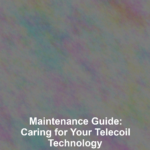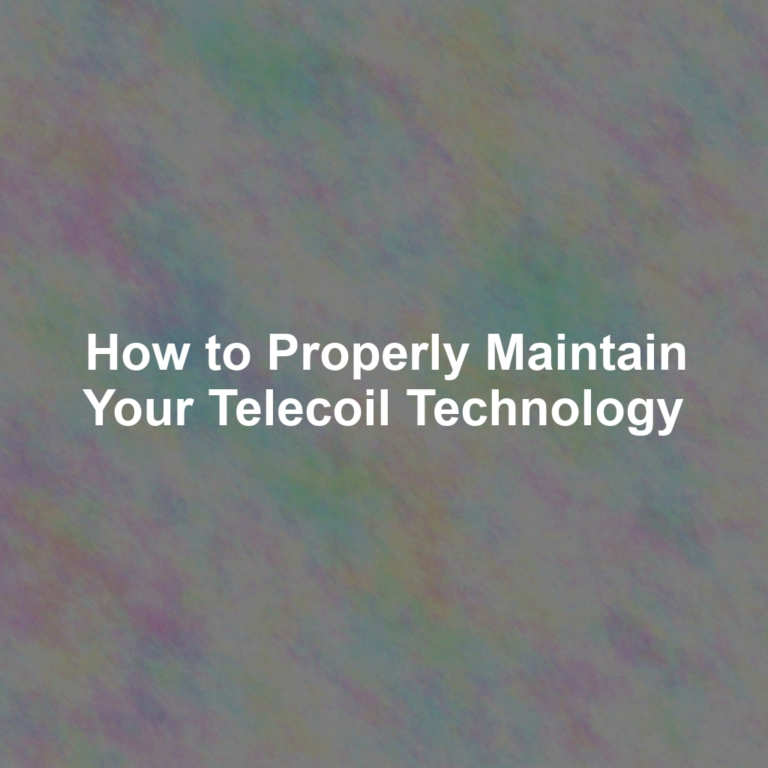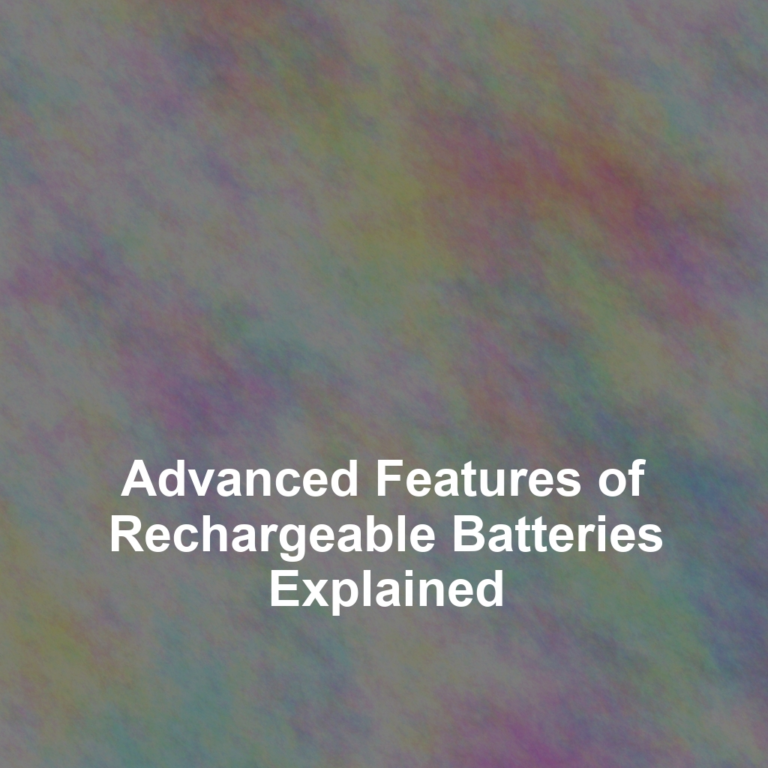In the age where your smartphone is smarter than the average bear and your refrigerator can tweet, itG??s easy to forget the marvels of simpler tech enhancements like the telecoil.
Yet here you are, about to navigate the surprisingly complex world of telecoil technology, which could be as daunting as teaching your grandma to use a touchscreen. YouG??ll need to sift through a myriad of options and consider compatibility with your current devices, not to mention the nuances of your personal hearing requirements.
ItG??s paramount that you understand the basics before you commit, because, letG??s face it, youG??re not just buying a gadget; youG??re investing in your quality of life.
Rest assured, the following discussion will equip you with the knowledge to discern the whispers from the noise, ensuring you make an informed decision that resonates with your needs.
So, what should you be listening out for in the fine print that could make or break your experience with telecoil technology? Stay tuned.
Understanding Telecoil Basics
To grasp the fundamentals of telecoil technology, itG??s essential to know what a telecoil is and how it functions in various devices. Essentially, a telecoil is a small copper coil thatG??s a feature in many hearing aids and cochlear implants. It serves as a wireless antenna that links to sound systems, allowing you to pick up audio signals directly. When youG??re using a device with a telecoil, it can access sound from a loop systemG??a special type of sound system that circulates an audio signal as an electromagnetic field.
Think of it as a direct line between the sound source and your hearing aid, bypassing background noise and delivering clearer sound. This technology is especially helpful in places where thereG??s a lot of ambient noise, such as theaters, churches, and conference halls. All youG??ve got to do is switch your hearing aid to the G??TG?? or telecoil setting. ItG??s like tuning in to a radio station that only your hearing aid can pick up, giving you a better listening experience.
Make sure to check if a venue is equipped with a loop system before you go; this knowledge can dramatically improve your access to services and your overall experience. Remember, not all devices have telecoils, so itG??s crucial to verify this feature when youG??re selecting hearing aids or other assistive listening devices.
Assessing Your Hearing Needs
Before selecting a telecoil-equipped device, youG??ll need to evaluate your specific hearing challenges and environments where you most often require assistance. Understanding your individual situation is crucial to finding a telecoil solution that will enhance your quality of life.
Consider these three key factors when assessing your hearing needs:
-
Hearing Loss Severity: Gauge the degree of your hearing impairment. Is your hearing loss mild, moderate, severe, or profound? The level of hearing loss can significantly influence the type of telecoil technology thatG??s best for you, as some devices are better suited for more severe cases.
-
Lifestyle Demands: Identify the situations where you struggle to hear the most. Do you often find yourself in noisy environments, attending lectures, or frequenting theaters? Telecoils can vastly improve your experience in specific settings, but itG??s essential to choose a device that caters to your regular activities.
-
Compatibility Requirements: Ensure that the telecoil device youG??re considering is compatible with your existing hearing aids or cochlear implants. It should also work seamlessly with assistive listening systems you might use, such as those in places of worship or conference centers.
Telecoil Compatibility Considerations
When selecting a telecoil-enabled device, itG??s imperative to ensure it integrates smoothly with your current hearing aids or cochlear implants. Compatibility is key to harnessing the full potential of your telecoil technology. You donG??t want to end up with a device that canG??t communicate with the rest of your auditory equipment.
Firstly, check the specifications of your hearing aid or implant. They must support a telecoil, often labeled as T-coil or T-switch. If youG??re unsure, consult your audiologist or the manufacturer. Remember, not all hearing devices come with a telecoil built in, so itG??s crucial to confirm this feature before making a purchase.
Next, consider the types of environments you frequent. Are they equipped with loop systems? These systems transmit audio directly to your telecoil device, so itG??s vital that your personal equipment is compatible with the loop technology used in places like theaters, churches, or conference rooms.
Lastly, think about the accessories you might use alongside your telecoil, such as streamers or remote microphones. Make sure these can interface with your hearing aids or implants as well. ItG??s all about creating a seamless audio experience, so take the time to ensure everything works together harmoniously.
Installation and Maintenance Tips
Installing your telecoil-enabled device properly ensures optimal performance and longevity, so letG??s dive into some essential tips for setting it up and keeping it in top condition. Following these guidelines, youG??ll maximize your deviceG??s functionality and avoid common pitfalls that can affect its efficiency.
Here are three key installation and maintenance strategies:
-
Follow the ManufacturerG??s Instructions: DonG??t wing it when youG??re installing your telecoil device. Carefully read and adhere to the manufacturerG??s guidelines. Each model may have unique requirements or steps that are crucial for proper installation and operation.
-
Check the Environment: The area where you install your telecoil device should be free from electronic interference and excessive metal which can disrupt the magnetic signal. Ensure itG??s placed in an area that optimizes its sensitivity and functionality.
-
Regular Maintenance: To keep your device running smoothly, perform regular checks and maintenance. This includes:
- Cleaning the device as recommended to prevent dust buildup.
- Inspecting it for wear and tear, especially in wiring or connections.
- Testing the telecoil function periodically to make sure itG??s working as expected.
Maximizing Telecoil Functionality
After setting up and maintaining your telecoil-enabled device according to the recommended guidelines, youG??re now ready to optimize its performance for the clearest sound quality and user experience. Start by ensuring your telecoil is correctly oriented. Most hearing aids and cochlear implants have telecoils that align horizontally when worn, so youG??ll need to face the loop system or sound source directly for optimal reception.
Familiarize yourself with the T-switch or telecoil program on your device. YouG??ll switch to this setting when youG??re in an environment with a loop system, such as a theater or place of worship. DonG??t forget to switch back to the microphone setting in regular listening environments to avoid missing sounds not fed through the loop.
To maximize functionality, adjust the volume and program settings in different environments. Some places might require a higher volume, while in others, you might need to reduce it. If your device allows, fine-tune the bass and treble to best suit your hearing needs.
Lastly, practice. The more you use your telecoil, the better youG??ll become at quickly finding the best settings for clarity. Attend venues with loop systems, and donG??t be shy to ask for assistance if youG??re struggling with reception. Your hearing experience will improve with each use.
Conclusion
YouG??ve got the basics down and assessed your hearing needs. Now, ensure your telecoil tech is compatible with your devices.
Remember, proper installation and maintenance are key to keeping it working smoothly. Make the most of your telecoil by staying up-to-date on its functionality.
With the right care and attention, youG??ll enjoy clearer sound and more accessible communication. Trust yourself; youG??re well-equipped to choose the best telecoil technology for your lifestyle.











